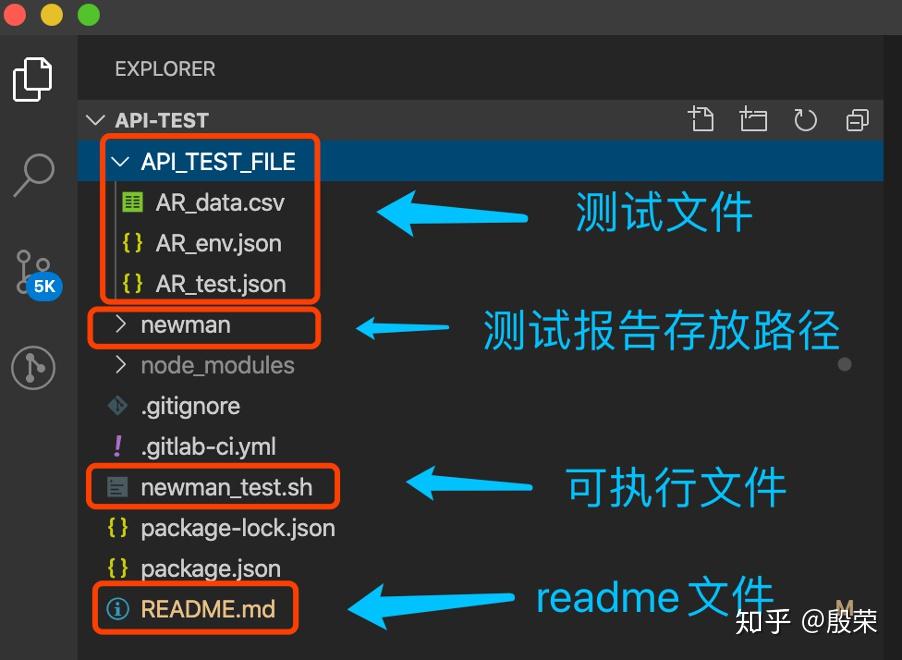
If you'd like to just use the created process, then you can download the source code from the Github repo below and skip to the next section.
#Postman newman reporters how to#
In this section we'll go over how to create the testing process. Postman testing process overview Building the testing process
Output a test report to see the results of the test run. Run each collection using the Newman CLI. Download the required environment and collections using PowerShell and the Postman API. Specify the environment and collections to run in a configuration file. This post will describe creating the Postman testing process in Azure DevOps, but the approach can work in any CI environment. Be able to keep collections in Postman and pull them via the Postman API. Be able to specify if Postman collections should run sequentially if they depend on other collections or run in parallel for optimizing testing speed. Be able to specify which Postman collections to run and against which Postman environment. Specifically, the approach has the following goals: In this post, I'll describe an approach that will make running Postman tests in your CI much simpler. The downloaded collection is just a JSON file and reviewing a JSON file in a PR is a terrible experience. This becomes a huge pain especially when the changes you want to make are minor. Every time a developer makes a change to the collection, they have to download the collection, put it into source control and then open a PR. 
Most of the guidance I've found online recommends downloading the collections you want to run and then adding them to your source control. Postman makes testing your API super simple, but what isn't so simple is how to run those Postman tests as part of your Continuous Integration environment.


If you've ever used Postman in your development workflow, you'll know what an amazing tool it is and the value it can add to testing your software.







 0 kommentar(er)
0 kommentar(er)
